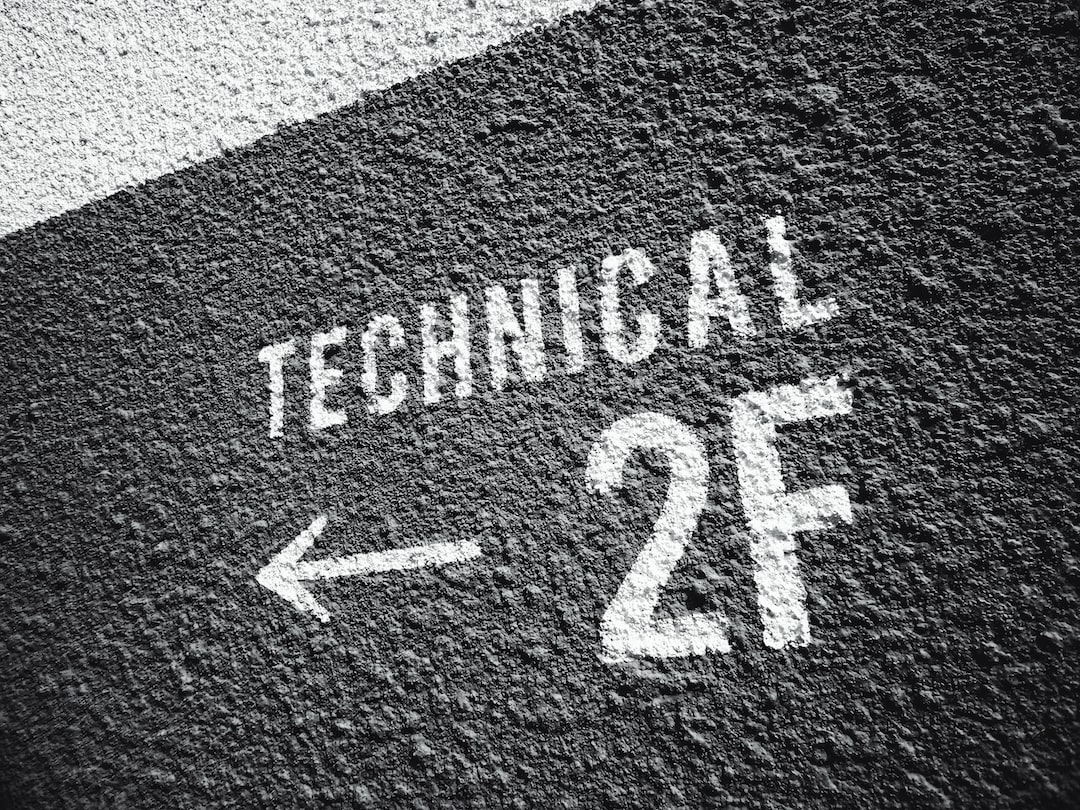Drone technology has revolutionized the way we approach certain industries, offering tremendous potential for efficiency, cost-saving measures, and even safety. In recent years, the applications of drones have expanded across various sectors, making them an indispensable tool. Let’s dive into the potential applications of drone technology in different industries.
Agriculture is one sector that has greatly benefited from the use of drones. Equipped with cameras and sensors, drones can monitor crop health, detect pests, and determine irrigation needs. This data allows farmers to precisely target areas that require attention, optimizing the use of resources and increasing crop yield. Additionally, drones can also be used for tasks such as planting seeds, spraying pesticides, and even harvesting, reducing human labor and improving overall efficiency.
The construction industry has also seen a significant impact from the integration of drones. Drones equipped with high-resolution cameras can capture images and provide accurate 3D models of construction sites. This allows project managers to have a real-time view of progress, identify areas of concern, and make informed decisions. Drones can also be used to conduct site surveys, inspect buildings for damages, and even transport equipment and tools to different locations, reducing the risk of accidents.
In the field of infrastructure and maintenance, drones have proved invaluable. They can be used to inspect bridges, power lines, and other hard-to-reach structures, eliminating the need for manual inspections that are time-consuming and dangerous. With thermal imaging capabilities, drones can also detect inefficiencies in building insulation, electrical systems, and even identify water leaks. Regular drone inspections help ensure infrastructure integrity and improve overall safety.
The media and entertainment industry has been quick to embrace drone technology for capturing stunning aerial footage. Drones equipped with high-quality cameras can capture breathtaking scenes, providing filmmakers and photographers with new creative perspectives. They can be used for filming sporting events, concerts, and even news coverage, enhancing the overall viewer experience.
Lastly, emergency response and disaster management have greatly benefited from the use of drones. During natural disasters such as fires, earthquakes, or floods, drones equipped with thermal cameras and sensors can assist in search and rescue missions, locating survivors trapped in difficult-to-reach areas. Drones can also be used to assess the extent of damage, plan evacuation routes, and deliver essential supplies to affected areas faster than traditional methods.
These are just a few examples of the potential applications of drone technology across various industries. As drone technology continues to evolve, we can expect even more innovative uses to emerge. However, it is important to address concerns related to privacy, regulations, and safety when integrating drones into different sectors. With the right implementation and regulations in place, drones have the power to revolutionize industries and open doors to new possibilities.

